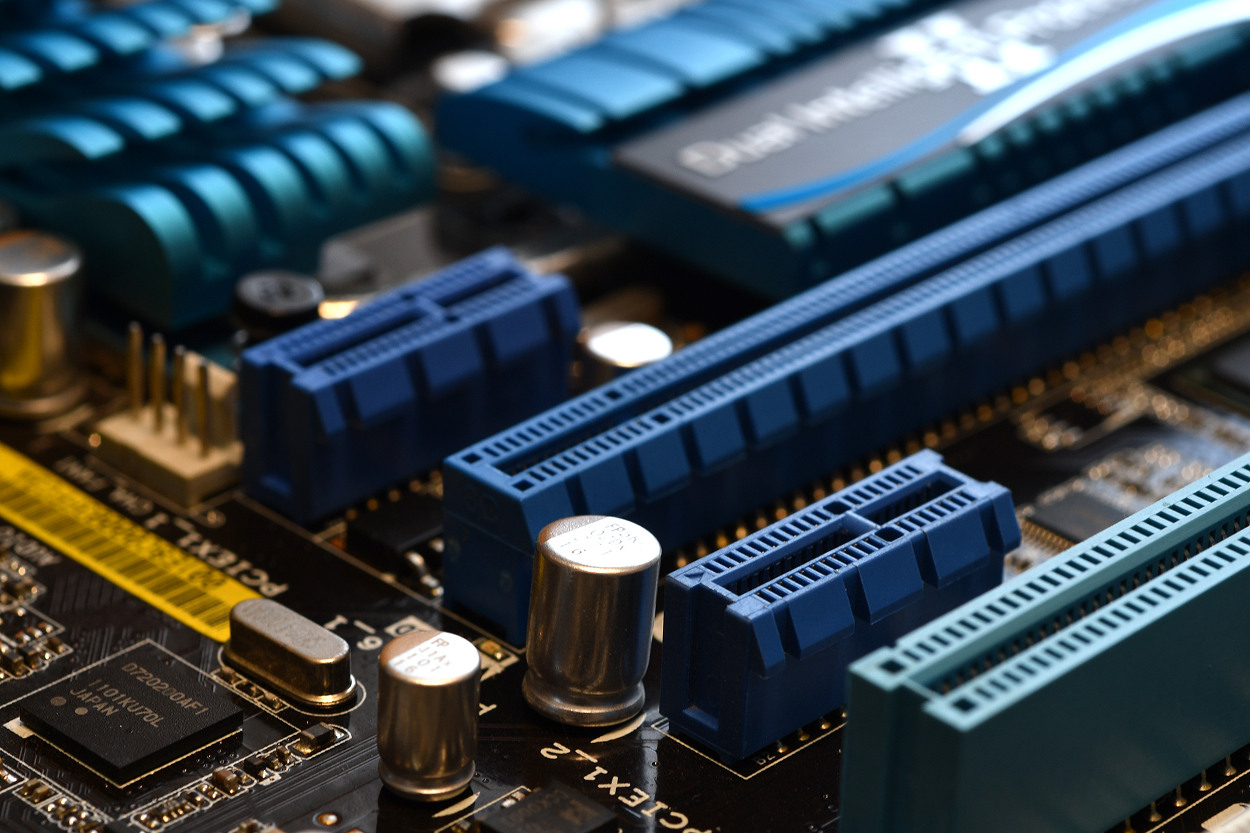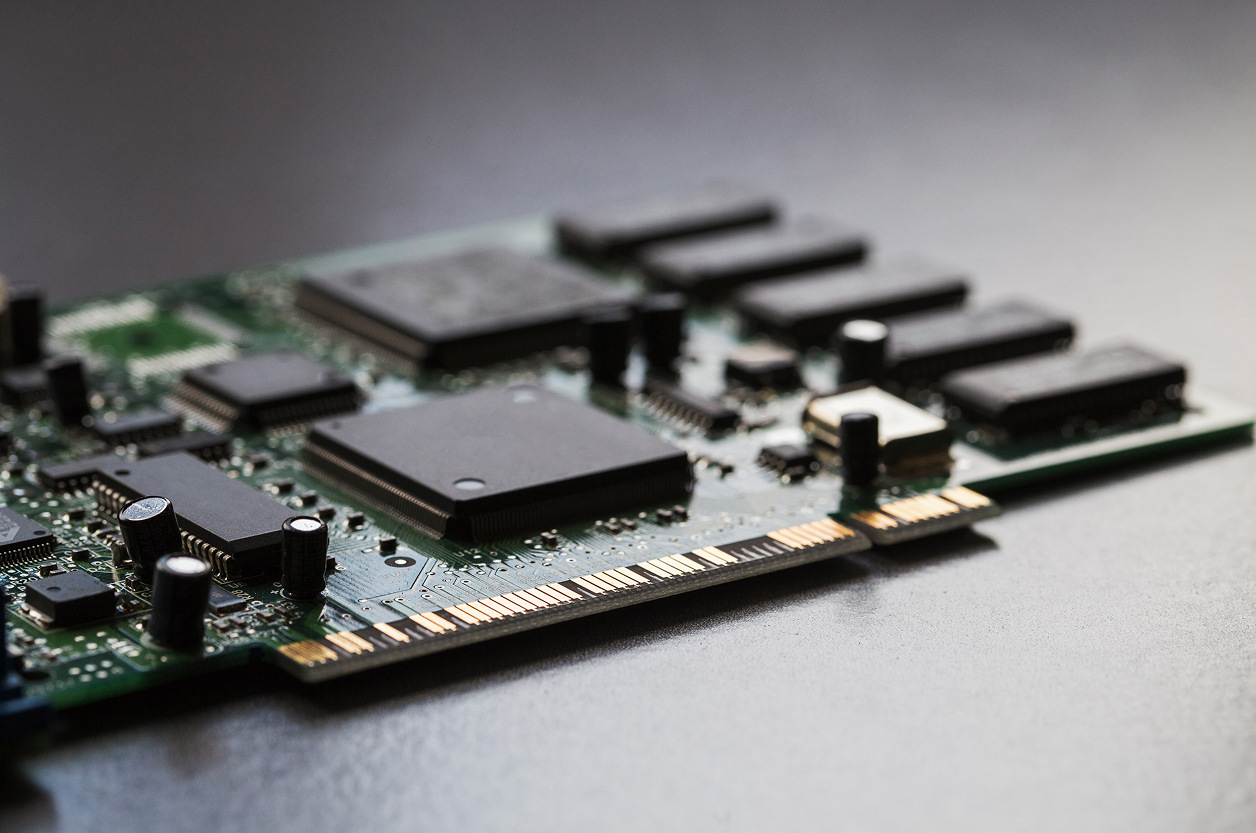How FPGAs Empower Modern IoT Solutions: Benefits, Use Cases, and Design Insights

In the rapidly evolving world of the Internet of Things (IoT), engineers are constantly challenged to balance flexibility, real-time performance, power efficiency, and scalability. Field Programmable Gate Arrays (FPGAs) offer a powerful solution to these engineering challenges, enabling rapid development and hardware-level customization in a way traditional microcontrollers (MCUs) and application-specific integrated circuits (ASICs) often cannot match.
In this article, we'll break down how FPGAs contribute to modern IoT systems, explore real-world use cases, and offer practical design considerations for embedded engineers looking to harness their full potential.
Why FPGAs Matter for IoT
FPGAs bring a unique set of capabilities to the IoT landscape, including:
- Parallel processing at hardware level
- Low-latency deterministic behavior
- Customizable hardware interfaces and protocols
- Hardware acceleration for compute-intensive tasks
- Support for real-time signal processing
Unlike general-purpose processors, which are limited by sequential instruction execution, FPGAs allow you to tailor hardware functionality directly to the needs of your application. This makes them ideal for use cases requiring tight timing constraints, high-speed data processing, and adaptable I/O.
Long-Tail Question:
What are the advantages of using FPGAs over microcontrollers in IoT applications?
FPGAs outperform MCUs in high-speed, deterministic tasks where timing and parallelism are critical. They enable customization of data paths and I/O protocols, offer lower latency for real-time processing, and integrate easily with sensors and actuators through flexible pin mapping and logic design. This makes them perfect for applications like predictive maintenance, edge AI, and sensor fusion.
Core Benefits of FPGAs in IoT
1. Real-Time Data Processing
FPGAs excel at executing operations in parallel, enabling real-time processing of sensor inputs, control signals, or video streams without buffering delays. This is crucial for time-sensitive applications like industrial automation or autonomous navigation.
2. Hardware Reconfigurability
FPGAs can be reprogrammed in the field, allowing system updates, performance enhancements, or feature upgrades without replacing hardware. This is especially valuable in IoT deployments with long life cycles or evolving use cases.
3. Energy Efficiency
Modern low-power FPGAs are optimized for energy-sensitive applications. Designers can implement only the logic they need, avoiding overhead and reducing power consumption compared to fixed-architecture chips.
4. Interface Flexibility
Whether you're dealing with SPI, I2C, CAN, UART, or custom protocols, FPGAs offer flexible I/O configurations and timing control, which is vital for integrating heterogeneous sensors and communication modules.
5. Hardware Acceleration
Applications such as image processing, cryptography, and machine learning at the edge can benefit from FPGA-based accelerators. Custom data pipelines significantly reduce processing time and free up CPU resources for other tasks.

Real-World Applications of FPGAs in IoT
Smart Manufacturing and Industry 4.0
FPGAs power real-time control systems in factory environments, handling motor control, PLC communication, and predictive maintenance algorithms at the edge with low latency and high reliability.
Autonomous Vehicles and Robotics
In drones, AGVs, and robotic arms, FPGAs process sensor fusion algorithms and control loops for navigation and obstacle avoidance in real-time, outperforming standard CPUs or MCUs.
Smart Energy Systems
For grid edge devices and smart meters, FPGAs enable fast power measurement, protocol bridging (e.g., Modbus, IEC 61850), and security functions, ensuring compliance with evolving standards.
Medical Devices
IoT-connected medical wearables and diagnostic tools benefit from FPGAs for processing biosignals (ECG, EMG) with precision filtering, low latency, and adaptive feedback loops.
AI at the Edge
FPGAs are widely used in edge AI scenarios for neural network inference with optimized memory access and computation pipelines, making them ideal for video analytics, speech recognition, and anomaly detection in constrained environments.
Long-Tail Question:
How can FPGAs be used for edge AI in IoT applications?
FPGAs can implement neural network inference engines at the edge with parallelism and low latency. Using tools like Vitis AI or Intel OpenVINO, designers can compile AI models into FPGA logic, enabling tasks like image recognition, sound classification, and pattern detection directly on the device without cloud reliance. This enhances responsiveness and privacy.
FPGA-Based IoT Design: What to Consider
1. FPGA vs. SoC FPGA
Evaluate whether your application needs a standalone FPGA or a hybrid SoC FPGA that combines FPGA fabric with ARM cores for mixed workloads. SoC FPGAs can simplify software-hardware integration.
2. Toolchain and Ecosystem
Select a vendor with a strong ecosystem (Xilinx, Intel, Lattice) and evaluate available IP cores, toolchain support (Vivado, Quartus, etc.), and integration with AI frameworks.
3. Form Factor and Packaging
For IoT devices, consider FPGA modules with small footprints, low power consumption, and industrial temperature ranges. Popular options include Lattice iCE40, Xilinx Artix, and Intel MAX series.
4. Security Features
Implement secure boot, encryption, and runtime protection to safeguard your FPGA configuration and data streams, especially in remote and unattended IoT deployments.
5. Compliance and Certification
Ensure your FPGA design meets relevant compliance standards (EMC, IEC, ISO) for the target market — especially important in automotive, medical, and industrial sectors.
Long-Tail Question:
What are best practices for securing FPGA-based IoT devices?
To secure FPGA-based IoT devices, use encrypted bitstreams, enable secure boot, and apply runtime tamper detection. Design partitioning can isolate sensitive logic, and PUF (Physically Unclonable Functions) can be used for device authentication. Vendors like Xilinx and Intel offer dedicated security features to support these practices.
Conclusion
FPGAs are increasingly essential in next-generation IoT systems, offering flexibility, performance, and reconfigurability that outpace traditional MCUs in demanding applications. Whether you're building edge AI solutions, industrial controllers, or secure smart devices, integrating FPGAs into your design can deliver a competitive advantage.
As the IoT landscape continues to grow, mastering FPGA integration will empower engineers to meet evolving technical requirements while keeping pace with innovation.
Interested in leveraging FPGAs for your IoT project? Let our engineering team help you design custom embedded systems with FPGA integration. Reach out to Promwad for consultation and full-cycle development support.
Our Case Studies





